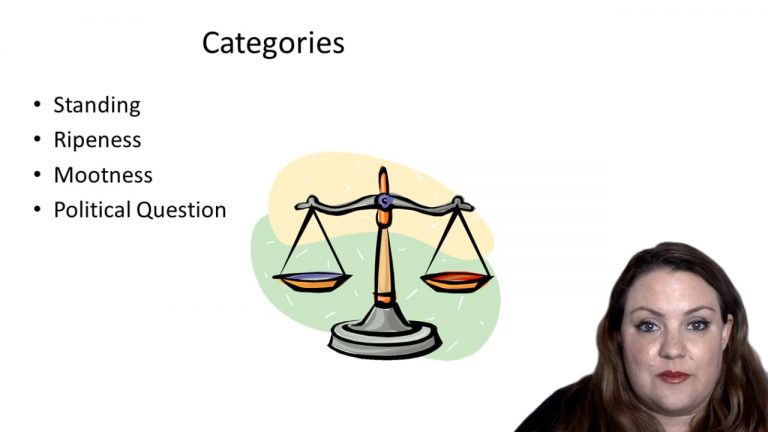SmartBrief
Confirm favorite deletion?
Constitutional Law Keyed to Barnett
Baker v. Carr
Citation:
369 U.S. 186 (1962)
InstructorMatthew Steinberg
CaseCast™ – "What you need to know"
Facts
After the federal government conducts a nationwide census every ten years, the Tennessee state constitution requires that legislative districts be redrawn. State law requires each district to include “substantially equal population.” Prior to this case, Tennessee had not redrawn the legislative district maps since 1901. In the intervening years, there were significant population shifts, and some districts had many more residents than other rural districts. Plaintiff Charles Baker, a Republican politician from Shelby County, Tennessee (where Memphis is located) filed suit in federal court, arguing argued that he was not receiving equal protection of the laws because Tennessee had not updated its legislative maps in the wake of population changes, leading to malapportionment of legislators between rural and urban districts. The State of Tennessee argued that apportionment of legislators was a non-justiciable political question because the issue of apportionment fell under the Guarantee Clause, and the Court had previously held (in Luther v. Borden) that claims arising under the Guarantee Clause were non-justiciable political questions that only Congress could resolve.
Only StudyBuddy Pro offers the complete Case Brief Anatomy*
Access the most important case brief elements for optimal case understanding.
*Case Brief Anatomy includes: Brief Prologue, Complete Case Brief, Brief Epilogue
- The Brief Prologue provides necessary case brief introductory information and includes:
Topic:
Identifies the topic of law and where this case fits within your course outline.Parties:
Identifies the cast of characters involved in the case.Procedural Posture & History:
Shares the case history with how lower courts have ruled on the matter.Case Key Terms, Acts, Doctrines, etc.:
A case specific Legal Term Dictionary.Case Doctrines, Acts, Statutes, Amendments and Treatises:
Identifies and Defines Legal Authority used in this case.
- The Case Brief is the complete case summarized and authored in the traditional Law School I.R.A.C. format. The Pro case brief includes:
Brief Facts:
A Synopsis of the Facts of the case.Rule of Law:
Identifies the Legal Principle the Court used in deciding the case.Facts:
What are the factual circumstances that gave rise to the civil or criminal case? What is the relationship of the Parties that are involved in the case.Issue(s):
Lists the Questions of Law that are raised by the Facts of the case.Holding:
Shares the Court's answer to the legal questions raised in the issue.Concurring / Dissenting Opinions:
Includes valuable concurring or dissenting opinions and their key points.Reasoning and Analysis:
Identifies the chain of argument(s) which led the judges to rule as they did.
- The Brief Prologue closes the case brief with important forward-looking discussion and includes:
Policy:
Identifies the Policy if any that has been established by the case.Court Direction:
Shares where the Court went from here for this case.
Topic Resources
Topic Outline
Topic Refresher Course
Topic Charts & Notes

 14m 30s
14m 30s